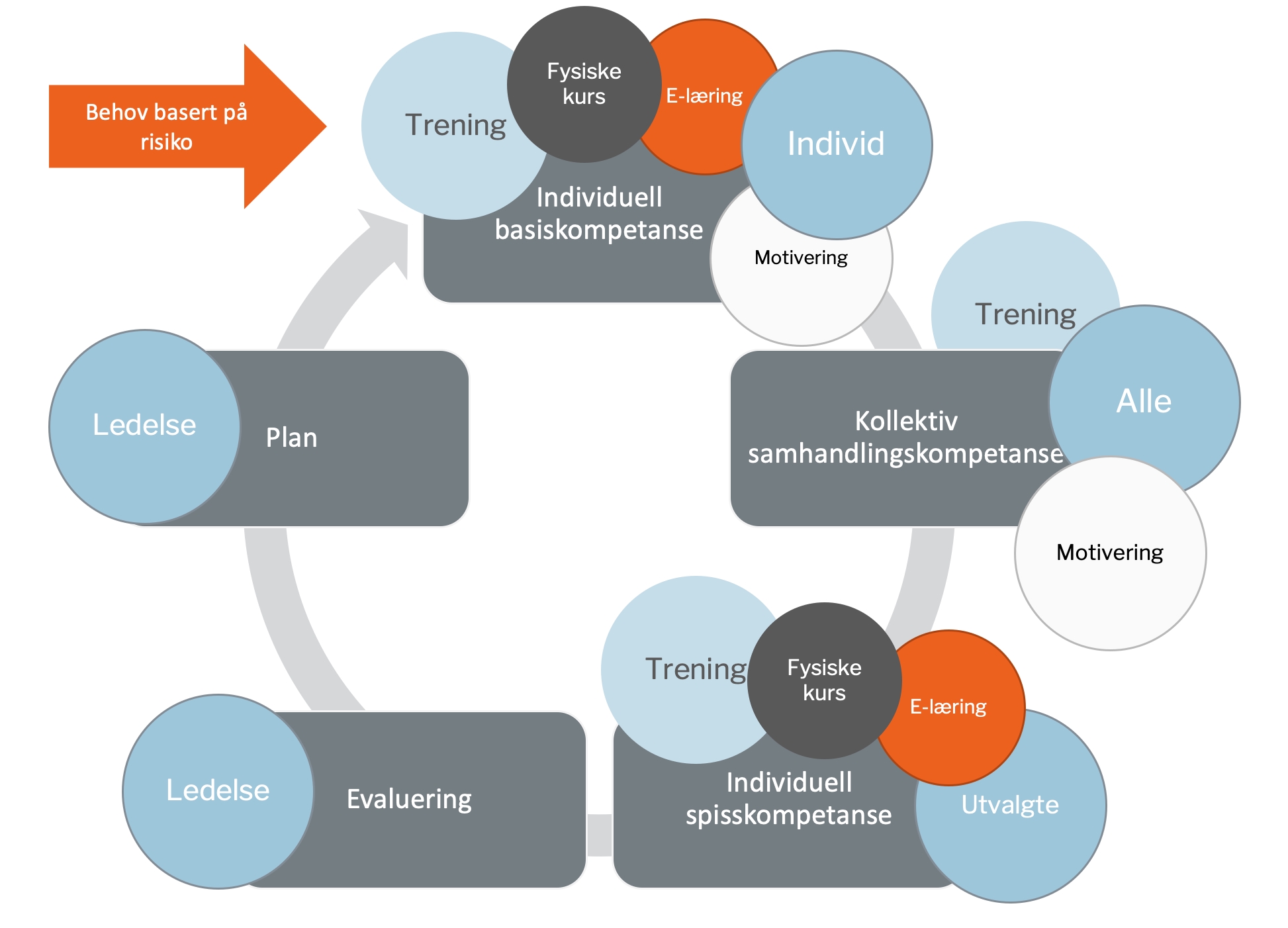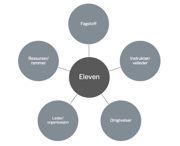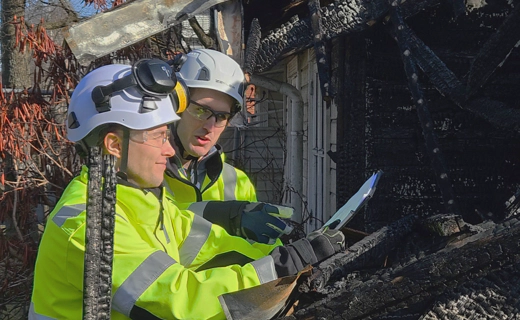How to ensure that your employees have the expertise to prevent and fight fires
2020-09-01 Academic Courses PiD Kurs Risk assessment
No matter how good the technology and plans are, it will be completely dependent on the competence of the users. Lack of competence can put technical solutions out of operation or create chaos among people if a critical situation arises. To ensure this competence, learning must take place among all people who will function in the organization. Even the organization itself must be the subject of learning.

Text: Thomas Stang Sætheren,
Former HSE advisor at PiD Solutions AS
Competence
Learning should normally lead to a defined competence that is necessary for the organization to perform its tasks.
“Competence is the total knowledge, skills, abilities and attitudes that make it possible to perform current tasks in line with defined requirements and goals” (Lai, 2013).
Competence consists of
- Knowledge (what we know)
- Skills (what we can do)
- Attitudes (motivation to use knowledge and skills)

Learning
“Acquisition of new or changed competence – in the form of knowledge, skills, abilities or attitudes – that produces relatively lasting changes in a person’s behavioral potential.” (Lai, 2013)

Learning is both an individual and an organizational activity, where the latter is a systematic activity based on individuals. The responsibility for learning will lie both in the organization and with the individual employee. In simple terms, learning consists of the elements of education, training and practice, and we believe it is absolutely crucial to see these elements in context.
Systematics
Within HSE work, systematics is a keyword. This also applies to competence building. All elements and levels must be seen in context, and it is important that all levels are stimulated in the most effective way.

Individual basic competence
Once the need has been defined, you must start with basic training at the individual level. This can be implemented in many ways. Today, most people choose to provide basic knowledge through e-learning. This is effective, especially for workplaces with a certain ‘turnover’. The new employee then does not have to wait with the training until it is appropriate to implement traditional training, but can immediately get started. If practical skills are required to perform their tasks, this must be done in a more practically adapted way. E-learning also has the advantage that it can be repeated as often as necessary. If you feel unsure about some elements, these can be repeated separately. If you combine e-learning with more dialogue-based training, you usually achieve the best results - and we recommend this.
Collective interaction competence
Once the individual has sufficient basic competence, the interaction must be trained. This is usually done through exercises or a combination of joint courses and exercises.
Individual expertise
Personnel with particularly demanding or responsible roles must have individual training in this. These can be tasks that require technical knowledge (e.g. operating an alarm panel) or organizational expertise (e.g. registration officer). For very complex buildings, there may be a need for a number of people with expertise in different areas. We most often do this with a combination of e-learning and traditional course- and exercise-based training.
Evaluation and planning
The surest way to avoid learning is to forget to evaluate the training and exercise work that has been done. Those responsible for the process must evaluate both the process and the result and then adjust the plans for progress.
Important principles – training activities
At PiD Solutions, we are committed to training individuals to increase the organization’s expertise. To achieve this, we must start with the individuals.
Focus on the student

Learning process
The learning process is the method used for teaching. We often alternate between methods such as: e-learning, lectures, discussion groups, information sheets, practical exercises and simulations. The choice of method is often made on the basis of learning assumptions, framework conditions and goals. It is a well-known fact that we often forget what we learn. Sometimes we forget quickly, while other times the knowledge sticks better. A common visualization is Ebbinghaus’ forgetting curve, which shows how quickly new knowledge is forgotten. The curve is not directly transferable to all types of competence, but the principle will apply to a large extent. Factors that influence the forgetting curve are:
- Whether we can relate to the knowledge
- Whether the knowledge affects us emotionally
- Whether physical actions are linked to what is to be remembered
- Repetition

PiD Solutions’ methods of training
PiD Courses – e-learning
E-learning is the modern version of traditional distance learning. It is based on modern communication and presentation technology to introduce the student to the subjects. E-learning typically functions for the dissemination of theoretical competence.
Advantages and disadvantages of e-learning
As with all other forms of teaching, there are both advantages and disadvantages associated with e-learning. The most important advantages are that this is an effective way to reach many people, and that the training is flexible in terms of time and place. With today’s technology, we can tailor e-learning to a large extent so that it also ensures individualization. However, the accuracy and individualization are limited, so that physical teaching must also be supplemented. Training that contains skill objectives must still be carried out in a traditional way, even though an e-course in advance can provide great benefits in connection with the effectiveness of the practical training.
Traditional training, exercises and firefighting courses
PiD Solutions has 40 years of experience with traditional courses and exercises. In recent years, this has often been as a supplement to the theoretical e-learning course, where students have experienced how an evacuation of their workplace works in practice, also with visitors to the property. With firefighting courses, students get to experience for themselves what it is like to use a fire extinguisher, and what effect it has on a fire. Contact us if you would like to hear more about how we can help increase the competence of you and your employees.




